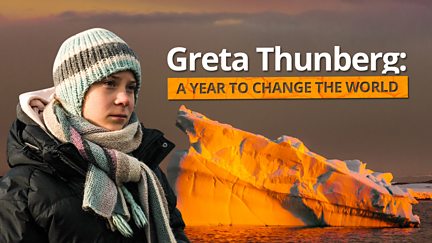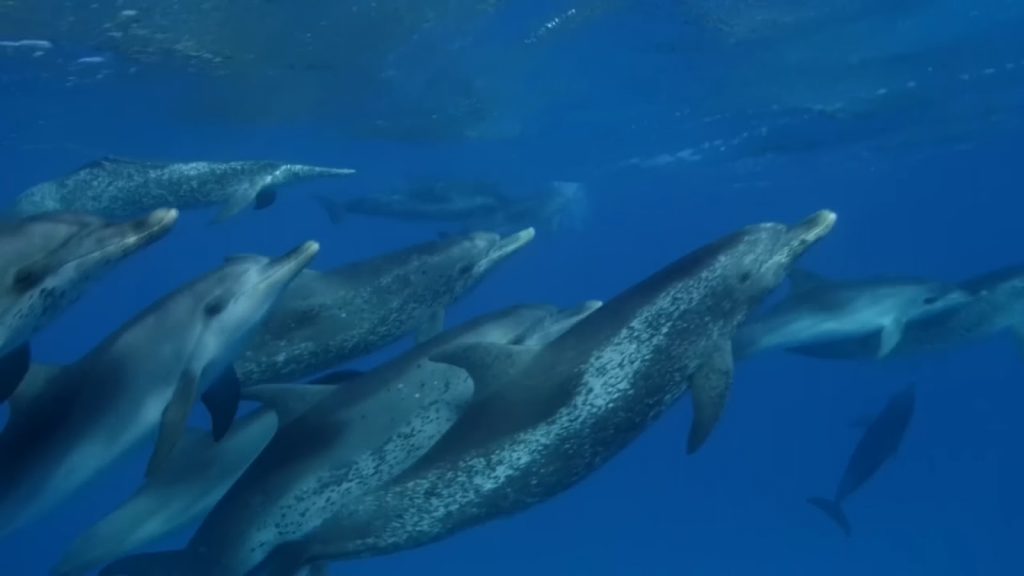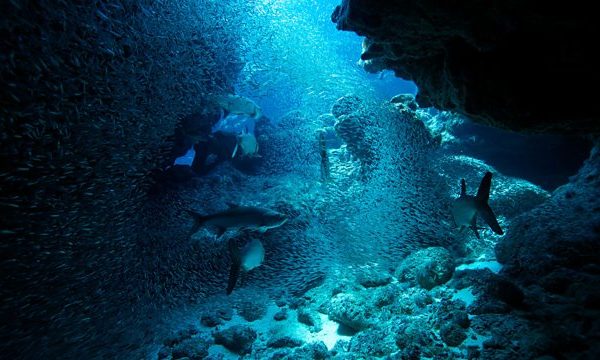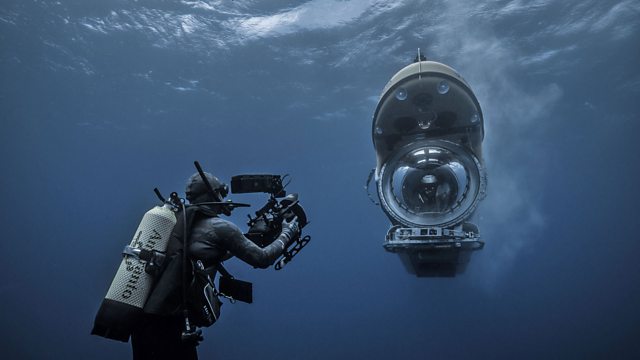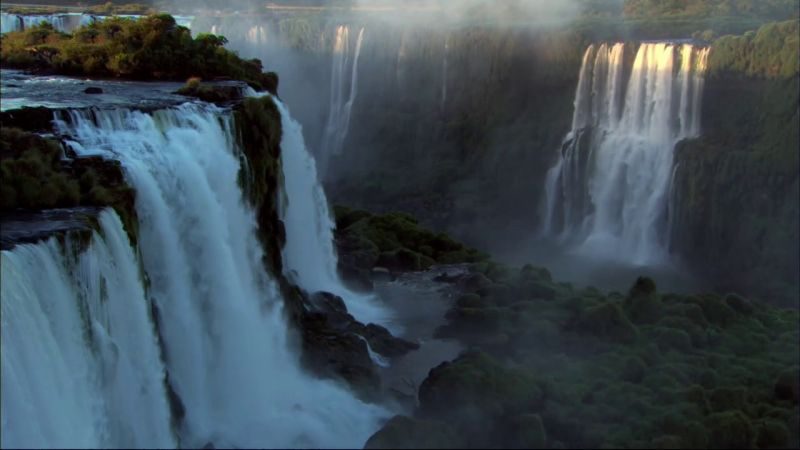Greta Thunberg: A Year to Change the World episode 2: Greta sets off to the annual World Economic Forum in Davos, Switzerland, which will be attended by US president Donald Trump and other world leaders, to call for action on climate change.
Greta is demanding an immediate reduction in fossil fuel use – one of the main drivers of climate change. As she travels across Europe, Greta finds out what is preventing more rapid action to tackle global warming. She meets Polish miners who have lost their jobs and fear that climate change policies will further decimate their industry and culture. In Davos, she is frustrated by what she sees as a media obsession constantly pitting her against President Trump.
Greta also travels to the UK to see the prototype of a technology that aims to lower emissions from industry by capturing carbon dioxide from factory emissions before it enters the atmosphere. She also meets with a figure who’s been an inspiration to her, Sir David Attenborough.
Greta Thunberg: A Year to Change the World episode 2
Greta Tintin Eleonora Ernman Thunberg is a Swedish environmental activist who is internationally known for challenging world leaders to take immediate action against climate change. Thunberg initially gained notice for her youth and her straightforward speaking manner, both in public and to political leaders and assemblies, in which she criticises world leaders for their failure to take what she considers sufficient action to address the climate crisis.
Thunberg’s activism started after persuading her parents to adopt several lifestyle choices to reduce their own carbon footprint. In August 2018, at age 15, she started spending her school days outside the Swedish Parliament to call for stronger action on climate change by holding up a sign reading Skolstrejk för klimatet (School strike for climate). Soon other students engaged in similar protests in their own communities. Together they organised a school climate strike movement under the name Fridays for Future.
After Thunberg addressed the 2018 United Nations Climate Change Conference, student strikes took place every week somewhere in the world. In 2019, there were multiple coordinated multi-city protests involving over a million students each. To avoid flying, Thunberg sailed to North America where she attended the 2019 UN Climate Action Summit. Her speech there, in which she exclaimed “how dare you”, was widely taken up by the press and incorporated into music.
Her sudden rise to world fame has made her both a leader and a target for critics, especially due to her age. Her influence on the world stage has been described by The Guardian and other newspapers as the “Greta effect”. She received numerous honours and awards, including an honorary Fellowship of the Royal Scottish Geographical Society, inclusion in Time’s 100 most influential people, being the youngest Time Person of the Year, inclusion in the Forbes list of The World’s 100 Most Powerful Women (2019), and three consecutive nominations for the Nobel Peace Prize.
Climate change
Climate change includes both global warming driven by human emissions of greenhouse gases and the resulting large-scale shifts in weather patterns. Though there have been previous periods of climatic change, since the mid-20th century humans have had an unprecedented impact on Earth’s climate system and caused change on a global scale.
The largest driver of warming is the emission of greenhouse gases, of which more than 90% are carbon dioxide (CO2) and methane. Fossil fuel burning (coal, oil, and natural gas) for energy consumption is the main source of these emissions, with additional contributions from agriculture, deforestation, and manufacturing. The human cause of climate change is not disputed by any scientific body of national or international standing. Temperature rise is accelerated or tempered by climate feedbacks, such as loss of sunlight-reflecting snow and ice cover, increased water vapour (a greenhouse gas itself), and changes to land and ocean carbon sinks.
Temperature rise on land is about twice the global average increase, leading to desert expansion and more common heat waves and wildfires. Temperature rise is also amplified in the Arctic, where it has contributed to melting permafrost, glacial retreat and sea ice loss. Warmer temperatures are increasing rates of evaporation, causing more intense storms and weather extremes. Impacts on ecosystems include the relocation or extinction of many species as their environment changes, most immediately in coral reefs, mountains, and the Arctic.
Climate change threatens people with food insecurity, water scarcity, flooding, infectious diseases, extreme heat, economic losses, and displacement. These impacts have led the World Health Organization to call climate change the greatest threat to global health in the 21st century. Even if efforts to minimize future warming are successful, some effects will continue for centuries, including rising sea levels, rising ocean temperatures, and ocean acidification.
